Desktop Environment, which to choose?

One of the best thing in Linux is probably the customizability of everything. In Linux you get control in your hands if you want to, your Desktop makes no exception. Not only you can change the theme, but you can also change the feel and the functions a Desktop provides. That is the concept behind Desktop Environments.
So Desktop Environments…
Yeah, Desktop Environments, you can accept the one your distribution uses or choose according to your desires. Almost every Desktop Environment can be installed on every Linux Distribution (with some exceptions), so feel free to read to acquire new insights on your next home!
GNOME family
This is probably the most well-known and also the most used Desktop Environment, since the version 2 many things have changed and the project has received a complete restyling. When the latest version (3) was released version 2 was discontinued and two forks where created: MATE and Cinnamon. To better understand, take a look at the image.
TIP: Fork means a software is based on the code of another one, but takes a different direction like a different approach or a functional change.
GNOME 3
GNOME 3 is the latest and the maintained version of the original GNOME project. Today it carries its weight as first Desktop Environment with many praises and disapproval from GNOME 2 users. Its main feature is the absence of menus, substituted by a “home screen” which lists all applications, has shortcuts, enables workspace switching and lists all opened windows.
Pros:
- The “home screen”
- Simplicity
Cons:
- The absence of the standard Desktop paradigm (missing menus, no application bar etc.)
Cinnamon
Cinnamon was developed primarily to provide Linux Mint users a GNOME 2 replacement, and it suited the job. Today it is a fully-fledged Desktop Environment with polished and refined taste featuring a beautiful Windows-style menu and a good set of features.
Pros:
- Standard paradigm of Desktop (similar to Windows)
- Elegance
- Polished
- Customizability
- Simplicity
Cons:
- None
MATE
MATE is another fork of GNOME 2 and it is almost identical to GNOME 2, its double bar (top and bottom) makes it easy to use and to customize at the same time.
Pros:
- Standard paradigm of Linux Desktop
- Simplicity
- Customizability
Cons:
- It is a bit clumsy in my humble opinion.
Unity
This one is not a fork of GNOME 2 but it is based on it. Unity is not even a Desktop Environment, instead it is a shell built on GNOME (it uses the same applications). It is the default Desktop Environment in Ubuntu and proposes (like GNOME 3) a different approach. Since its release it has caught many critics but it is also appreciated by a large number of people.
Pros:
- Innovative
- Compact
Cons:
- It deviates too much from the standard paradigm for many users.
- It is not lightweight.
- It can’t be installed on every Linux distribution.
KDE
KDE has always been GNOME direct competitor in the Desktop Environment scene, they always featured different concepts and different ideas. KDE is not based on GNOME and since it uses different applications, but it is a great place to call home, especially after the release of version 5 (Plasma).
Pros:
- Different approach to the desktop paradigm, but it doesn’t deviate like Unity.
- Elegance (Mac-like)
- Customizability
Cons:
- It is CPU intensive.
- It might not be easy for beginners.
- Applications are different from GNOME, if you are switching this might be a bad point.
LXDE
LXDE was born with the idea of a slim Desktop Environment. It is lighter than the the ones seen until now. It became famous thanks to distributions such as Lubuntu and Knoppix. Today it is probably the most lightweight Desktop Environment.
Pros:
- Lightweight (REALLY!)
Cons:
- Not as fancy as others.
- It lacks a few applications to customize system.
- Poorly customizable.
However don’t discard LXDE only because of its many cons; its a lightweight Desktop Environment, designed to be used on outdated or low-end machines.
Xfce
Xfce was once the lightweight Desktop Environment, however it was outdated by LXDE by a few seconds. It is much more stable than LXDE and it is mostly known thanks to Xubuntu.
Pros:
- Lightweight (not as much as LXDE though.)
- Consistent
Cons:
- Not as fancy as others (better than LXDE.)
What about you?
Well, these were some of the most popular Desktop Environments, but what about you? Which one do you like? And why? I’ll answer first, I do like GNOME 3, KDE and Cinnamon, I think they are really pretty and functional.
All images thanks to Wikimedia Commons.
- 2020 A year in review for Marksei.com - 30 December 2020
- Red Hat pulls the kill switch on CentOS - 16 December 2020
- OpenZFS 2.0 released: unified ZFS for Linux and BSD - 9 December 2020
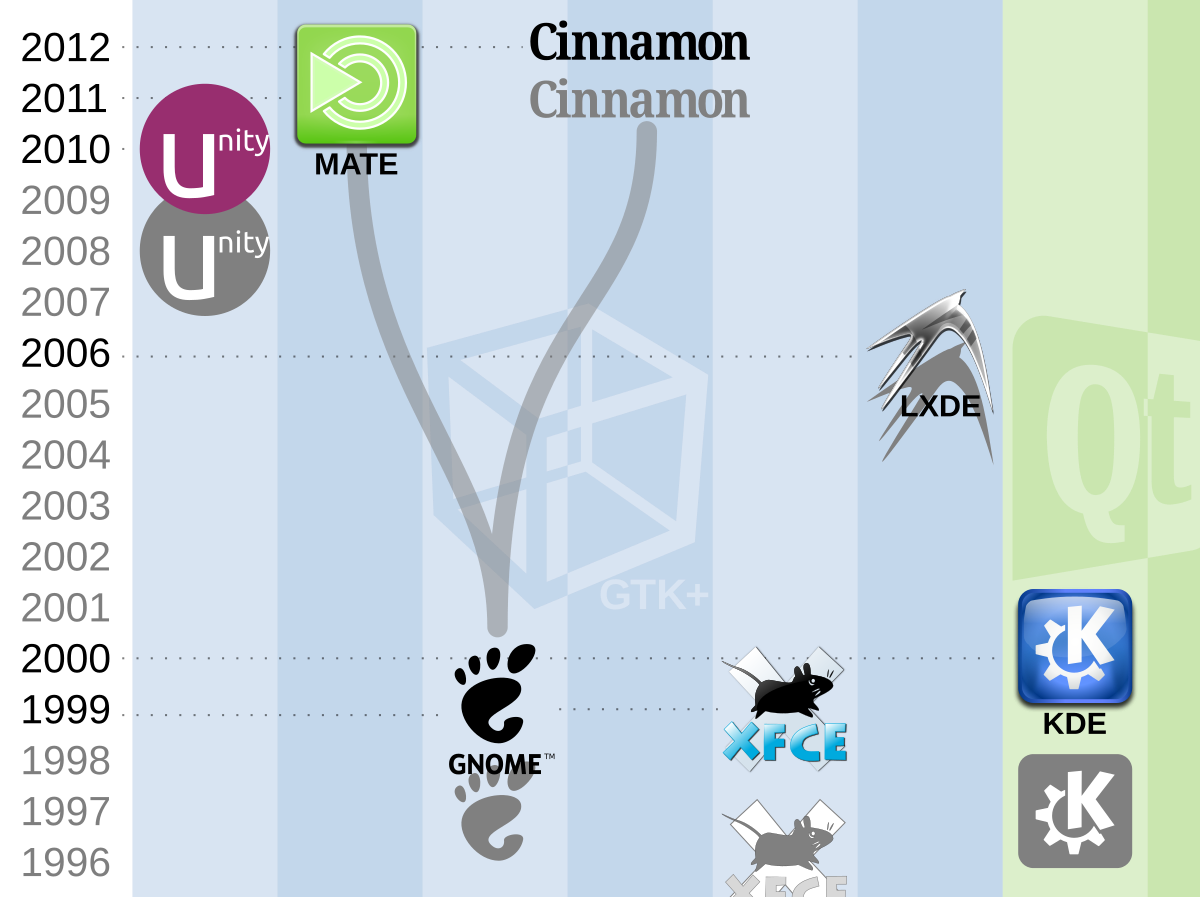
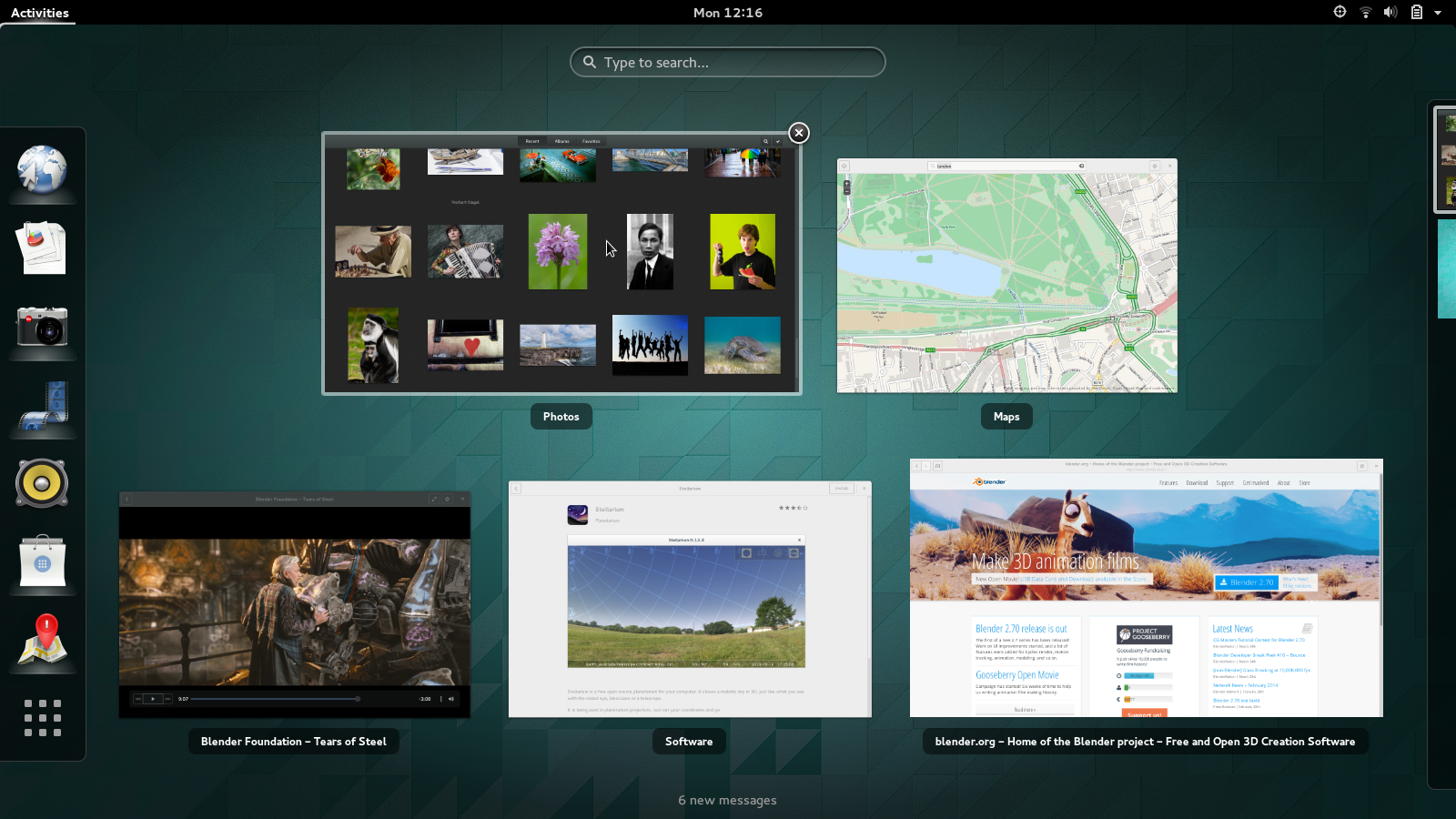
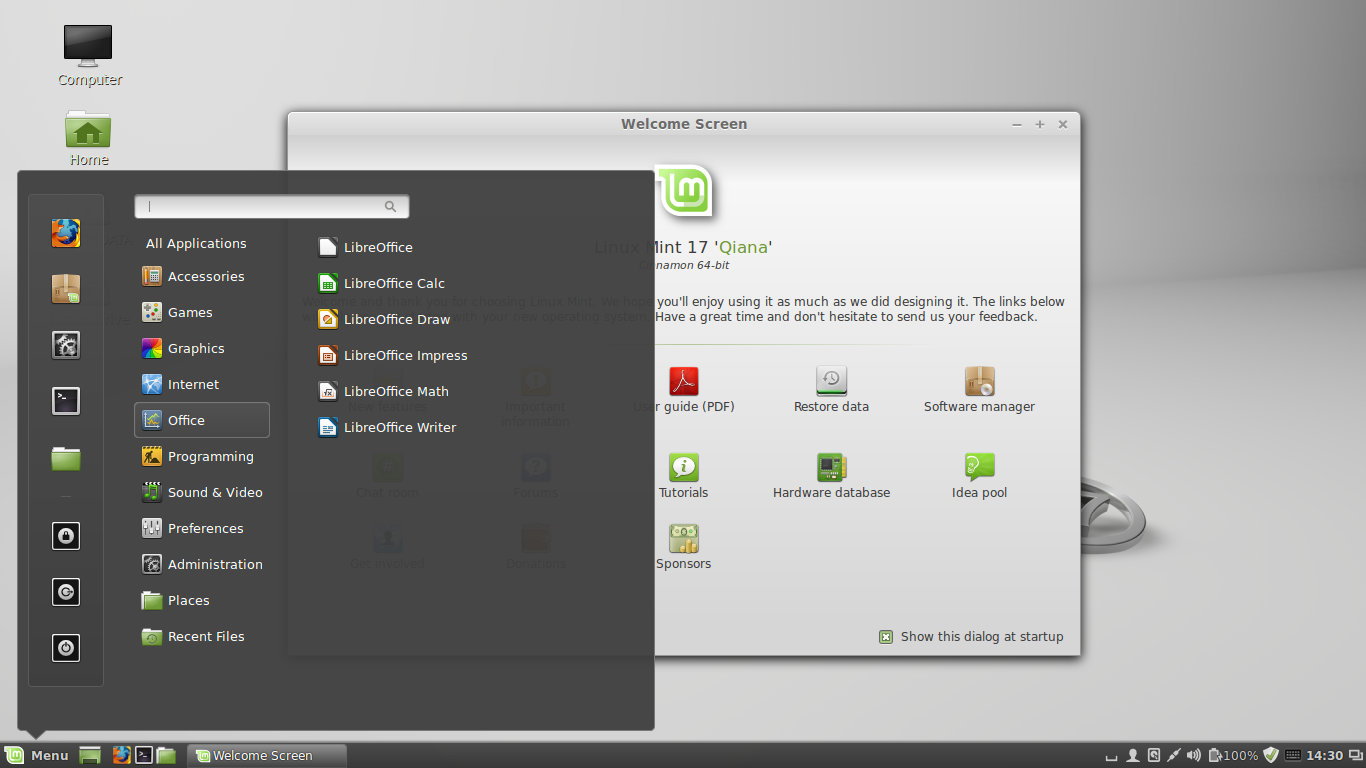
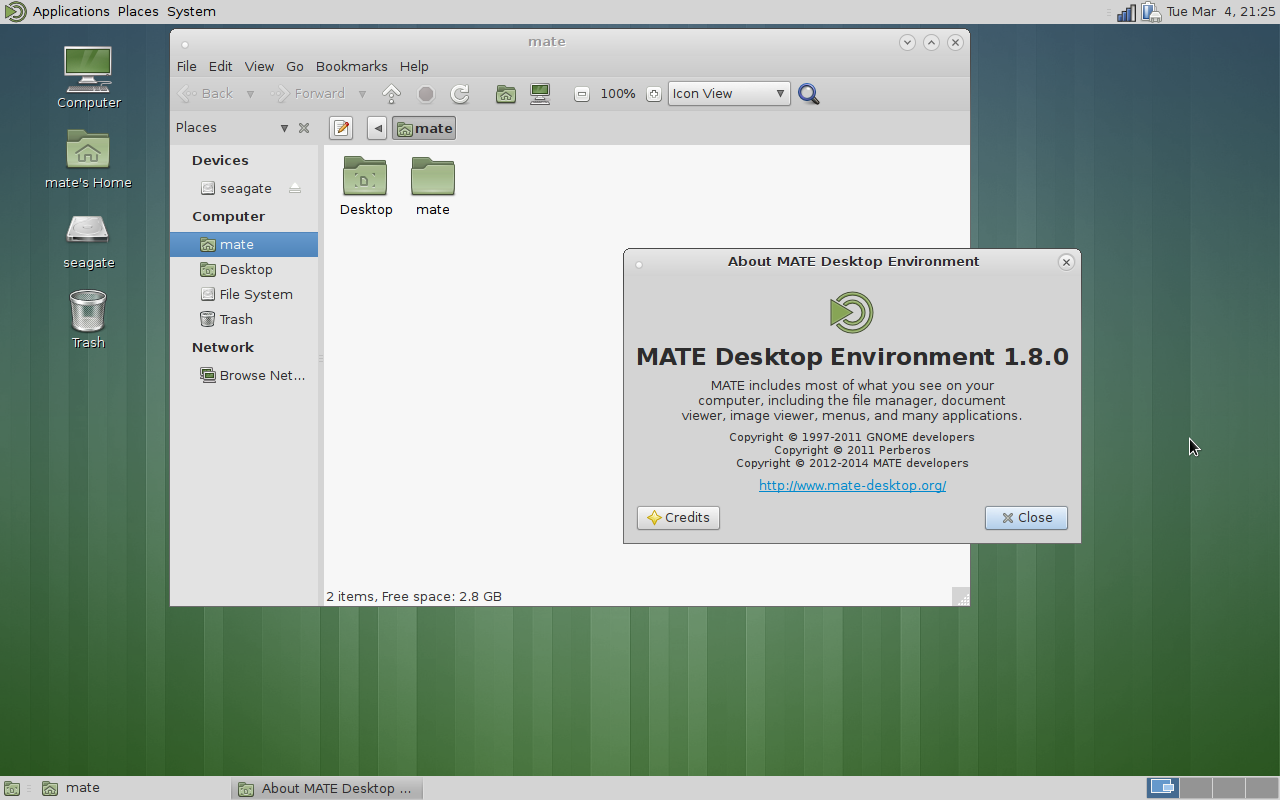
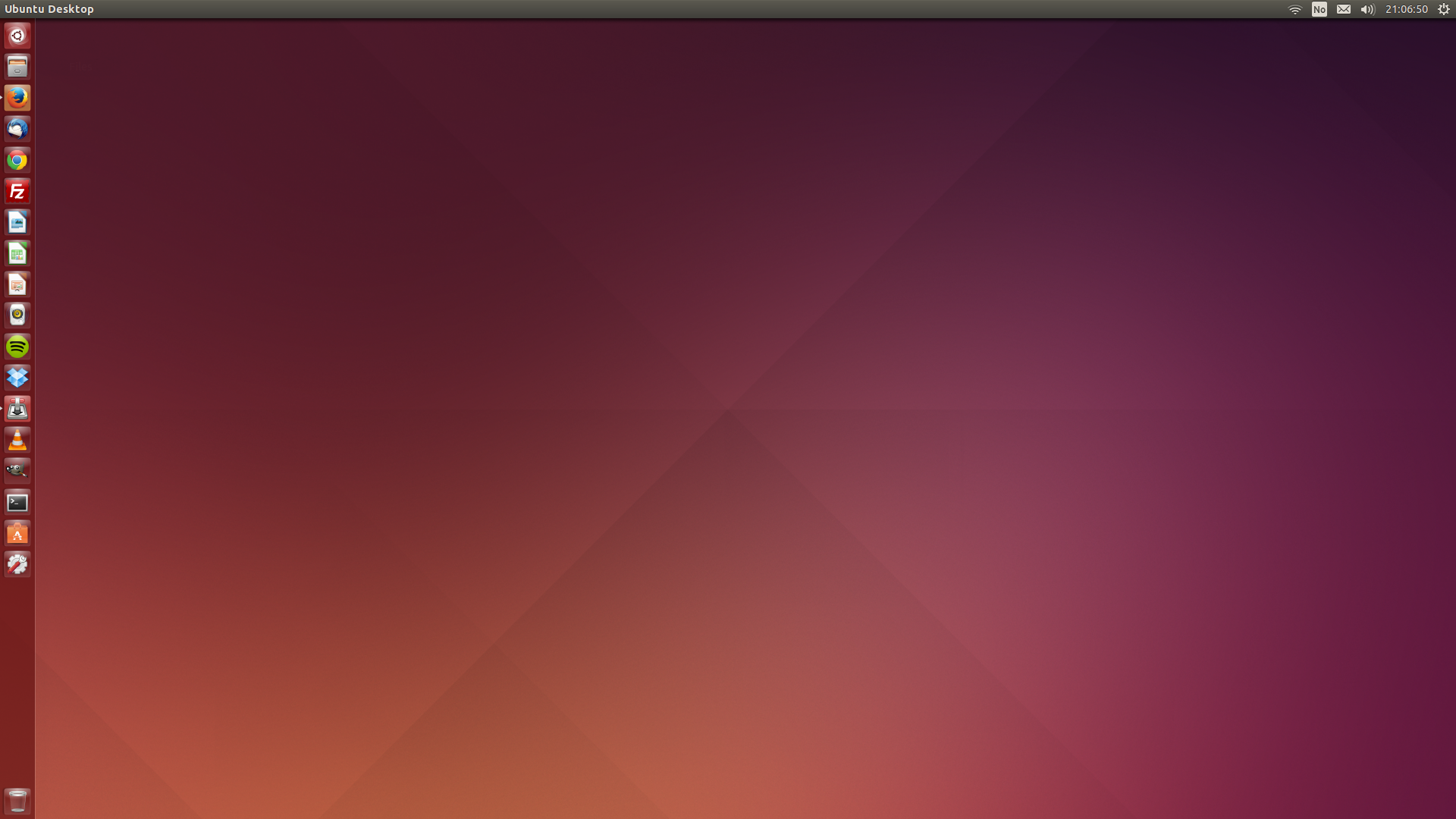
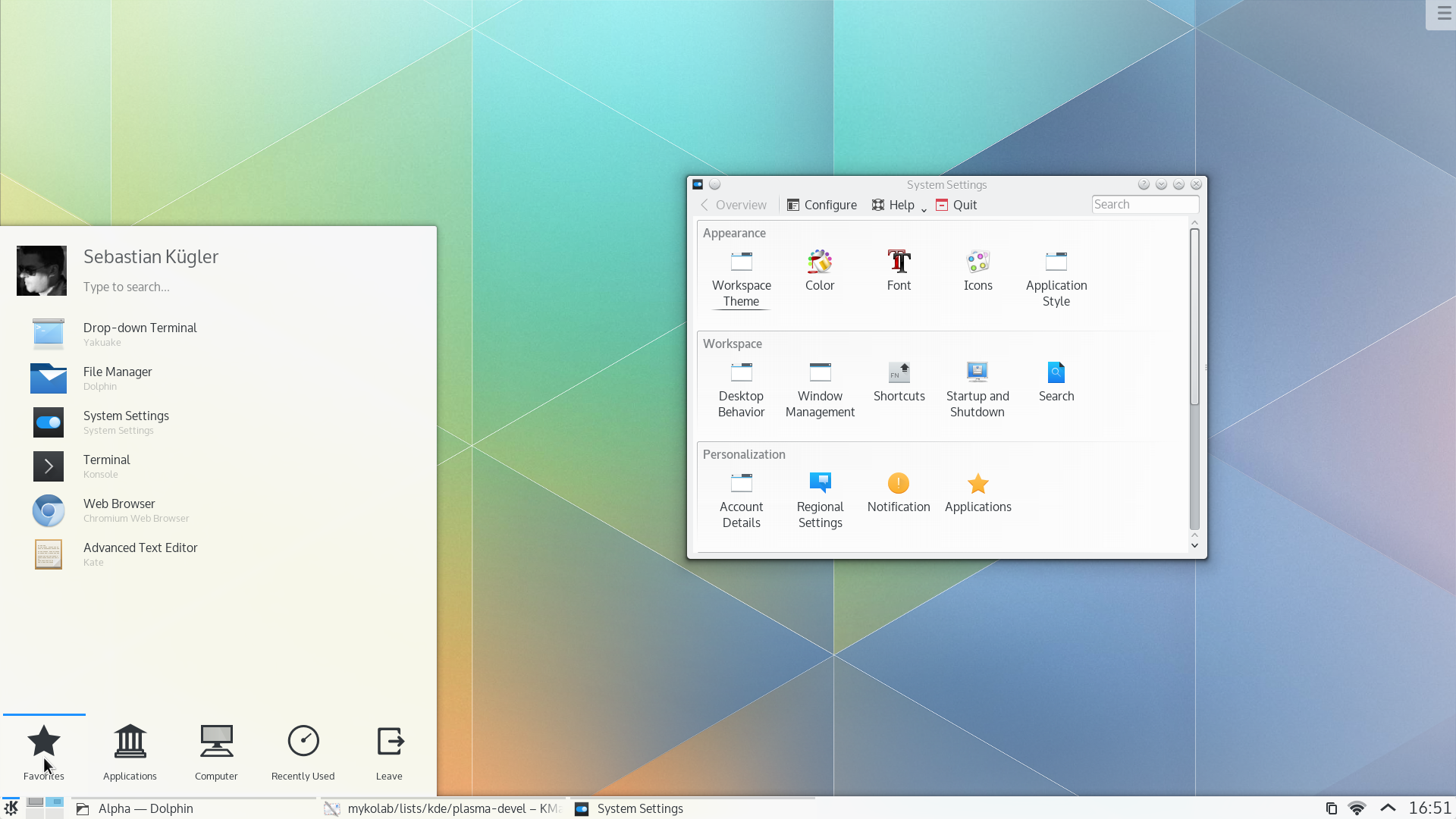
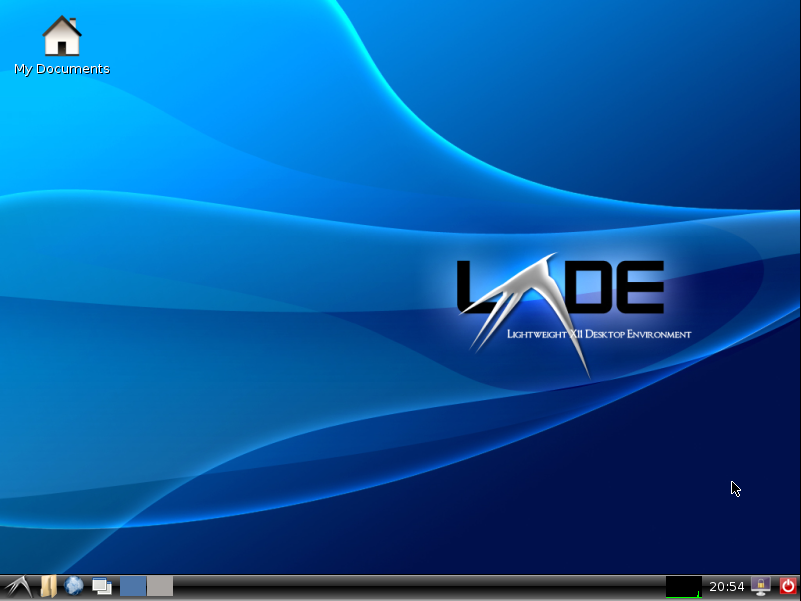










Your cons of Gnome 3 are completely irrelevant.
The applications menu addon has categories that separate everything out for easy finding.
And yes it’s an addon…for a DE that is designed to use addons.
Hello Mike,
I too use Applications Menu on my Gnome 3-powered Linux machines, however in this article I focused on the projects themselves. Imagine a new user installing Gnome 3 unaware of Applications Menu, wouldn’t he feel confused by the new approach Gnome 3 has taken?
Maybe next time I’ll write a post about useful extensions :)
Yea there should be a tutorial for new people so they can understand everything including the design principles behind Gnome 3 and that extensions are a part of gnome and to have fun.